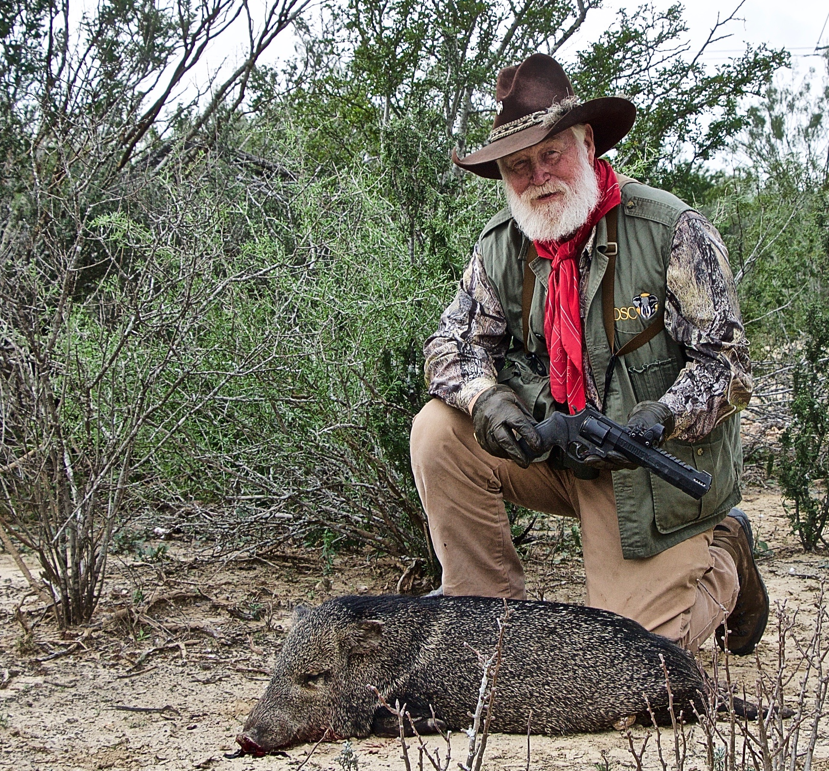Bird-eating Mallards
We’ve all heard of Turducken but…
For the first time, a group of zoologists in Romania documented a group of wild ducks attack and attempt to eat two smaller birds.
The mallards pursued the birds when they landed in the water, eventually drowning them before consuming them. The juvenile ducks struggled to eat the new type of prey, most likely because these ducks do not have the proper biological mechanisms for eating this type of meal with feathers, flesh and bones.
This shocking observation propels scientists to uncover why the ducks have suddenly adopted a new behavior. Until more research can be done, they believe the actions could stem from a need for increased protein intake.
Source: BBC News
First Elk Calf in West Virginia
After a December 2016 effort to bring back elk in West Virginia after 150 years, the first calf has been documented in the Tomblin Wildlife Management Area. Although several elk have GPS collars to help researchers track the animals, a pregnant cow had separated from the herd, which led the team to set up cameras to confirm successful birth.
With one other female believed to be pregnant, the West Virginia Division of Natural Resources is confident that this is just the first of many calves to be born in the coming years.
Source: West Virginia Division of Natural Resources
For the Good of Conservation
Cambodia, like many other countries, faces destruction of wilderness as well as threats to wildlife from poachers. An international conservation organization placed cameras in one of Cambodia’s wildlife sanctuaries to document the biodiversity in hope of justifying future conservation efforts. The sanctuary is home to everything from the Asian elephant to the world’s largest known populations of an unusual primate, the black-shanked douc. The group believes that the evidence will convince people to respect laws, work together and reduce threats to the wildlife and environment.
Source: Xinhua



